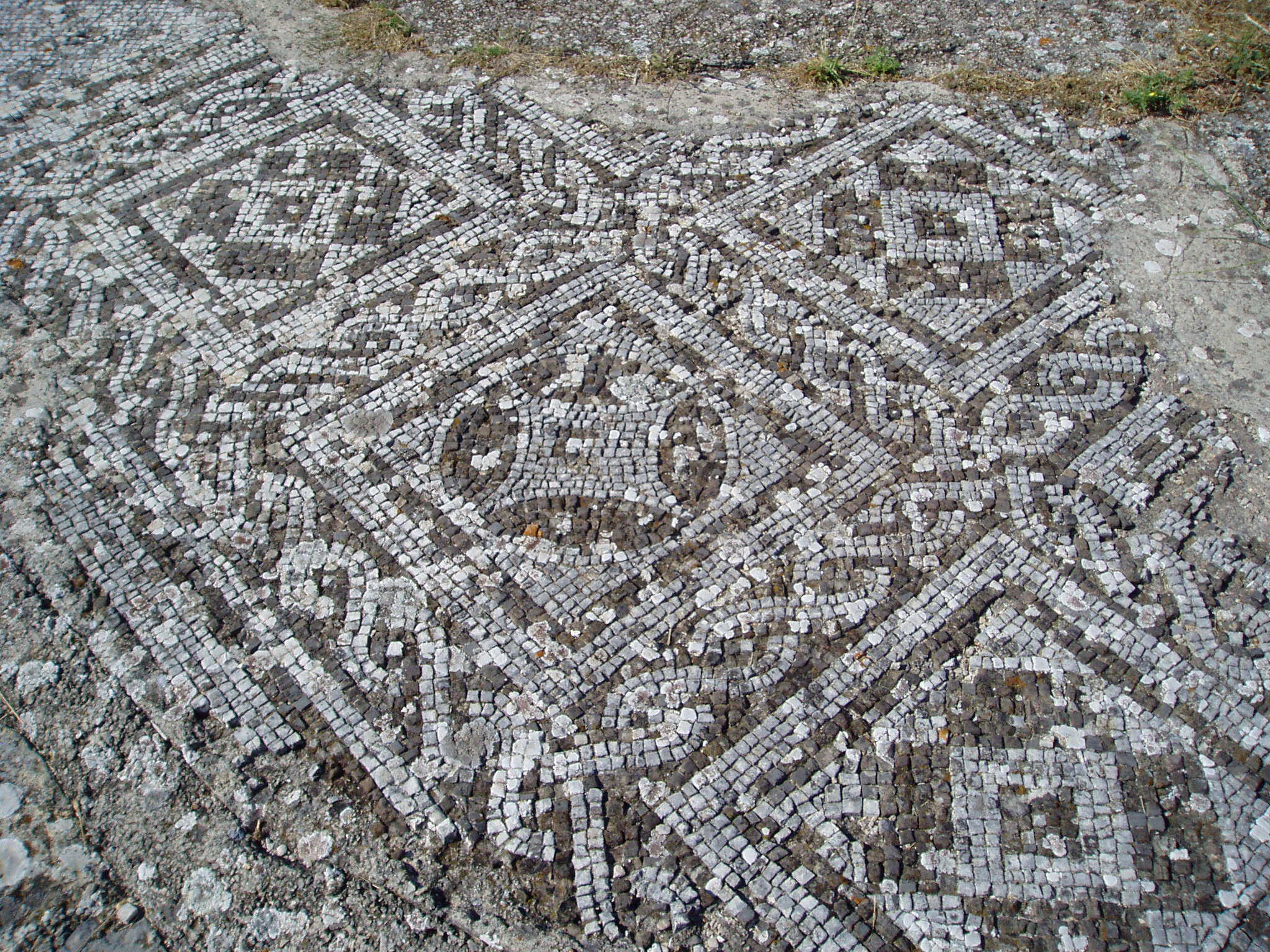Bribir, Šibenik-Knin County on:
[Wikipedia]
[Google]
[Amazon]
Bribir is a village in

 In the Roman period, the town (''
In the Roman period, the town (''
Zlatni vijek Bribira
* A. Milošević, ''Bribir: Past and the Monuments
* Bibliography of works on Bribir on Varvaria-Breberium-Bribir websit
Bribir
at tz-vinodol.hr {{DEFAULTSORT:Bribir, Sibenik-Knin County Populated places in Šibenik-Knin County Archaeological sites in Croatia Tourist attractions in Šibenik-Knin County * Illyrian Croatia Cities in ancient Illyria Medieval sites in Croatia
Šibenik-Knin County
Šibenik-Knin County (; hr, Šibensko-kninska županija ) is a county in southern Croatia, located in the north-central part of Dalmatia. The biggest city in the county is Šibenik, which also serves as county seat. Other notable towns in the co ...
, near the town of Skradin
Skradin ( it, Scardona; grc, Σκάρδων) is a small town in the Šibenik-Knin County of Croatia, with a population of 3,825 (2011 census). It is located near the Krka river and at the entrance to the Krka National Park, from Šibenik and ...
, southern Croatia
, image_flag = Flag of Croatia.svg
, image_coat = Coat of arms of Croatia.svg
, anthem = "Lijepa naša domovino"("Our Beautiful Homeland")
, image_map =
, map_caption =
, capit ...
.
Geography
The village is located at the foot of the hill of Bribir, in the Ravni Kotari geographical region. It is 12 km from Skradin.History

 In the Roman period, the town (''
In the Roman period, the town (''municipium
In ancient Rome, the Latin term (pl. ) referred to a town or city. Etymologically, the was a social contract among ("duty holders"), or citizens of the town. The duties () were a communal obligation assumed by the in exchange for the priv ...
'') of ''Varvaria'' was created in the 1st century AD at the hill of Bribir ( hr, Bribirska glavica), which is now an archaeological site. Up until the Roman conquest, the Liburnians
The Liburnians or Liburni ( grc, Λιβυρνοὶ) were an ancient tribe inhabiting the district called Liburnia, a coastal region of the northeastern Adriatic between the rivers ''Arsia'' ( Raša) and ''Titius'' ( Krka) in what is now Croati ...
had inhabited the region, giving their name to the Roman province of Liburnia
Liburnia ( grc, Λιβουρνία) in ancient geography was the land of the Liburnians, a region along the northeastern Adriatic coast in Europe, in modern Croatia, whose borders shifted according to the extent of the Liburnian dominance at a g ...
. Pliny the Elder
Gaius Plinius Secundus (AD 23/2479), called Pliny the Elder (), was a Roman author, naturalist and natural philosopher, and naval and army commander of the early Roman Empire, and a friend of the emperor Vespasian. He wrote the encyclopedic ' ...
mentioned ''Varvarini'' as one of 14 municipalities under the jurisdiction of ''Scardona'' (Skradin). In the Migration Period, after the fall of the Roman Empire, the region switched hands, being occupied by the Ostrogoths, Byzantines and then Croats.
In '' De Administrando Imperio'' (950s), ''Berber'' is one of the counties part of Littoral Croatia. Bribir achieved its peak in the 13th and 14th century, during the period when the members of Šubić family ruled over Croatia
, image_flag = Flag of Croatia.svg
, image_coat = Coat of arms of Croatia.svg
, anthem = "Lijepa naša domovino"("Our Beautiful Homeland")
, image_map =
, map_caption =
, capit ...
as the Bans of Croatia
Ban of Croatia ( hr, Hrvatski ban) was the title of local rulers or office holders and after 1102, viceroys of Croatia. From the earliest periods of the Croatian state, some provinces were ruled by bans as a ruler's representative (viceroy) an ...
. Šubićs were called ''nobiles, comites'' or ''principes Breberienses'' (Princes of Breber, hr, Knezovi bribirski). They built a large palace on the hill of Bribir, an ideal place to control the surrounding territory, overseeing all roads and approaches from the sea to the hinterland.
The town was settled by Orthodox population in the 16th century. It was part of the war-time Republic of Serbian Krajina
The Republic of Serbian Krajina or Serb Republic of Krajina ( sh, Република Српска Крајина, italics=no / or РСК / ''RSK'', ), known as the Serbian Krajina ( / ) or simply Krajina, was a self-proclaimed Serb proto-state, ...
(1991–1995).
Buildings and monuments
*Remains of Roman and medieval buildings *Remains of Roman-era city-walls, with medieval defensive tower *Late antique rotunda (below SS Joachim and Ann) and Early Christian mausoleum with sarcophagi *Roman-era nymphaeum with mosaics *Early medieval cemetery Vratnice from ca. 9th century *Remains of Romanesque-style church from ca. 13th century *Remains of St Mary church and Franciscan monastery from ca. 1300 *Remains of Gothic-style church from ca. 14th century *Serbian Orthodox Church (Temple) of St. Joachim and Anne, built in 1574 *Remains of Ottoman-Venetian defensive towerDemographic history
In the 2011 census, the village had 103 inhabitants.References
Further reading
Zlatni vijek Bribira
* A. Milošević, ''Bribir: Past and the Monuments
* Bibliography of works on Bribir on Varvaria-Breberium-Bribir websit
External links
Bribir
at tz-vinodol.hr {{DEFAULTSORT:Bribir, Sibenik-Knin County Populated places in Šibenik-Knin County Archaeological sites in Croatia Tourist attractions in Šibenik-Knin County * Illyrian Croatia Cities in ancient Illyria Medieval sites in Croatia